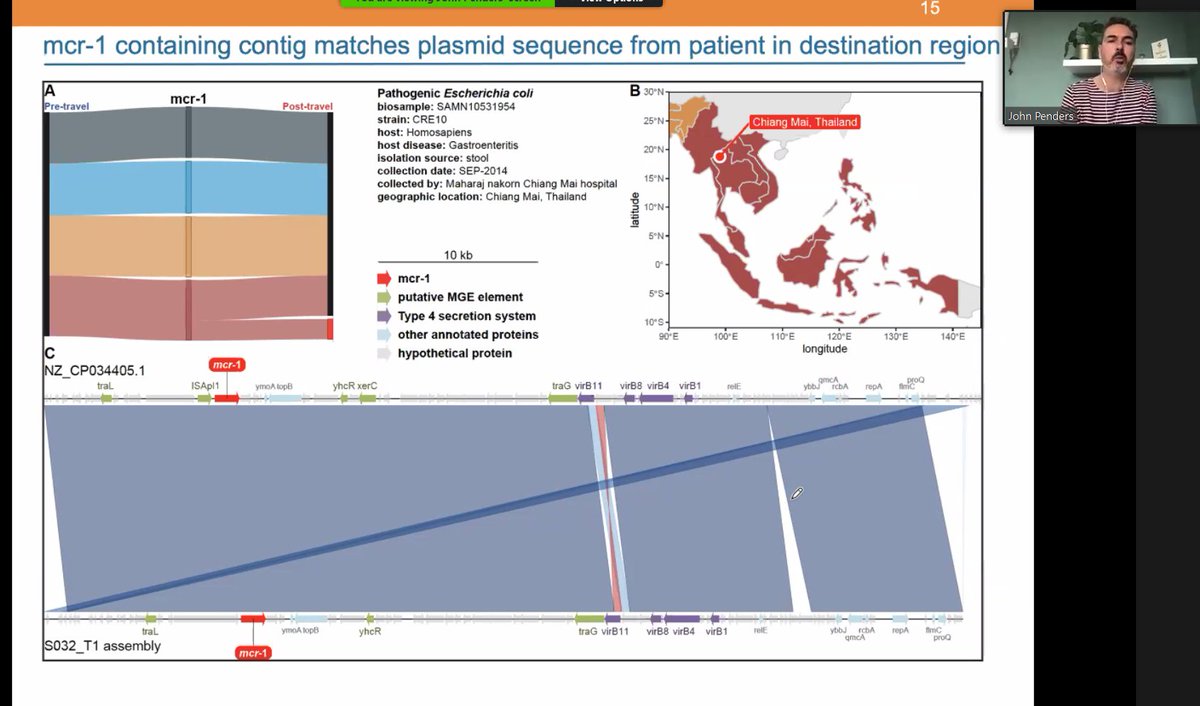
A post on the current #singlecell biology technology space.
Most of the information is my personal opinion after having followed the field first-hand or from comments I gathered from experts on either the wet-lab side or the data analysis side.
Most of the information is my personal opinion after having followed the field first-hand or from comments I gathered from experts on either the wet-lab side or the data analysis side.
The largest player so far is 10X Genomics: in technological terms, they were the second to be able to apply the kind of high-throughput level to the problem of single-cell assays. Initially, they got into trouble with IP due to the fact that some of the founders were involved
in developing the technology in another company, which ended up being gobbled up by a larger player with big pockets and plenty of lawyers on retainer. Although never certain, it seems from the last 1-2 years of news that the IP issues have subsided, so now it's a play on tech.
I think it's fair to say that the single-cell RUO market size took a lot of people by surprise: how many customers would want to study collections of cells well enough to have an incremental understanding of different parts of cell biology: it turns out that a lot of them.
This took some of the larger players by surprise, and they reacted late to try to match what 10X Genomics was doing. This advantage allowed 10X to establish itself as a consolidated commercial provider, and many people switched from the homebrew approach to the commercial kit.
Out of the alternatives to 10X Genomics it's worth mentioning Celsee, now part of Bio-Rad. They have an inherently different method, not based on microfluidic encapsulation but based on slides of small photolithographed wells where the buffer can flow under, and the cells can be
deposited by gravity, assisted by the removal of the buffer at the bottom via an outlet. The technical advantage is that this method is a hybrid of the 96x or 384x well-based approach (low throughput) and the microchannel-based approach (high throughput). 

It is a hybrid method that has some advantages of both methods: (a) even if the cell was already altered or fragile by the time is dropped into the slide, it will still be captured in a well and make contact with the bead. There is no extra "squeezing" of the fragile cell into a
microchannel as the 10X Genomics and similar approaches. The other advantage could be that it's easier -- lower cost -- to make the beads when they are neatly arranged in a slide, but that's for Celsee/Bio-Rad to demonstrate in their pricing. We see parallels here with MGI Tech
in their spatial-omics offering, which draws from the expertise in highly dense flowcells with DNA in arrayed orientation from their #NGS #DNBSEQ method. This also means that Celsee/Bio-Rad could be looking at spatialomics next in their portfolio of products.
The other companies in the space have methods that are more similar to 10X Genomics, but haven't been as successful as 10X at selling them in the thousands. These could be: 1CellBio, Dolomite Bio, MissionBio.
Then there is a group of offerings that could be classed as an amped-up version of the well/plate-based model that comes just after cell sorting (FACS). Amongst these are: BD Rhapsody, Fluidigm, Vycap Puncher, CellRaft AIR System (CellMicrosystems), DEPArray NxT (Menarini)
as well as AVISO CellCelector (ALS), and Takara ICELL8. There are segments of the market that could be well-suited to each and a better proposition to the 10X Genomics equivalent offering.
At this point, we should also mention the offerings that can be classed more as phenotyping than omics profiling. There are two that are well-known and have been in the news: Berkeley Lights and AbCellera. The former is already a publicly-traded company, with a lot of great PR,
the latter, AbCellera, has sued Berkeley Lights for patent infringement, but they themselves have shown fewer details about their technology. We could describe the technology as: (1) flow the cells into an array of chambers, (2) isolate each cell into each of the chambers,
(3) flow some other reagent into the array of chambers and (4) observe the reaction of each of the cells to the presence of the reagent, (5) harvest the cells that are reacting in a specific direction.
Then once the population of cells has been treated through this single-cell journey, there is almost inevitably an #NGS component at the backend of it: at the moment Illumina dominates this segment of the market, but there is no reason why MGI couldn't be an easy replacement,
or Oxford @nanopore as it's been shown in several scientific publications. Long reads make things easier here, as one of the steps needed for the 10X + Illumina combo is an enzymatic fragmentation of the amplified cDNA, which creates copies "chopped" at different points which are
then stitched together in silico in a local assembly step. Long reads such as the ones from an Oxford @nanopore sequencer don't require this step, as the whole cDNA molecule can be sequenced through, even if it's kilobases long as is the case in many mRNAs in mammalian genomes.
Even though Illumina initially teamed up with one of the providers of single-cell encapsulation, they probably drive 90%+ of the market from customers who use 10X Genomics or a homebrew method. There is good communication between 10X and Illumina, and the software for the data
analysis of the combination of 10X Genomics and Illumina is very well supported by 10X software engineers. We hope the same will be the case when more and more of the applications move towards Oxford @nanopore sequencing as a replacement from Illumina short-reads (or MGI tech).
• • •
Missing some Tweet in this thread? You can try to
force a refresh










